Maximizing canola yield from pre-seed to harvest

Forget “planting a seed and watching it grow.” Today’s farmers know that producing a high-yielding canola crop requires a season-long commitment. A whole-acre approach, where you invest in the best seed technology and then protect your investment with the industry’s most advanced crop protection solutions.
Corteva Agriscience™ is committed to helping Canadian farmers overcome challenges at each step of the growing season, providing you with the right tools and advice at the right time.
Covering you from pre-seed to harvest, here are some agronomic tips, management practices and solutions to help you boost your profits and achieve new levels of success in canola.
Start by selecting a canola hybrid that has been bred and tested in your local area so you have the knowledge and confidence it will perform on your farm. Both Pioneer Protector® brand canola hybrids bring high yields and consistent agronomic performance in all herbicide tolerant systems.
Choose from high-yielding canola hybrids with built-in disease protection against yield-robbing diseases such as:
Plus, hybrids are available with harvesting options to fit the needs of your farm.
Your canola is protected from key insects and diseases with the industry leading LumiGEN® canola package that contains Lumiderm™ insecticide seed treatment and NEW Lumiscend™ fungicide seed treatment. The package delivers four effective active ingredients for broad spectrum protection, plus increased protection of rhizoctonia and pythium.
Lumiderm provides:
Lumiscend provides:
Prepare your seed bed and control weeds prior to seeding. Don’t use glyphosate alone. Mix it with another mode of action herbicide for a pre-seed application on early emerging weeds to minimize weed pressure on the developing canola plants.
Prospect™ pre-seed herbicide will give your canola the best start possible. Tank mixed with glyphosate, Prospect provides consistent control across a wide range of weed stages, including over-wintered weeds such as cleavers (Group 2 and 9 resistant biotypes). It is designed to safeguard your canola from the ground up, providing more complete control than you’d get using glyphosate alone. It is also a critical tool in delaying development of glyphosate resistant broadleaf weeds, providing multi-effective-mode-of-action control of many broadleaf species.
After selecting your high-yielding canola hybrid and protecting it with a seed treatment and a pre-seed herbicide, the next step is to maximize your canola’s emergence. Remember, this is a very small seed going into a harsh environment and the quicker the plant can germinate and emerge, the better your canola stand will be. Here are some critical factors to consider:

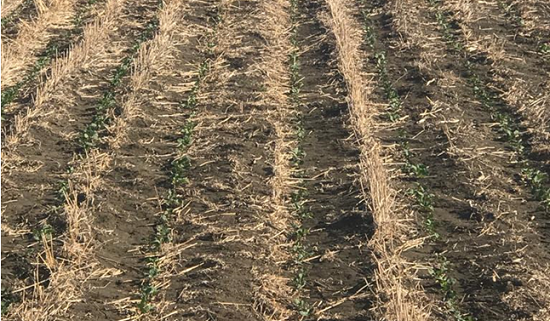
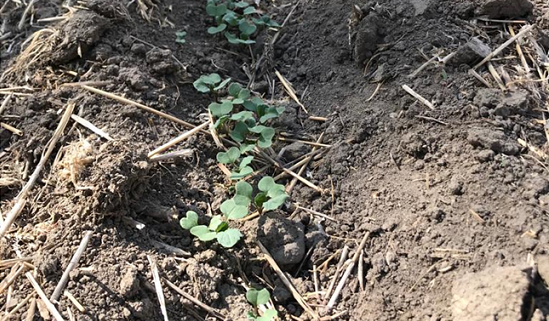
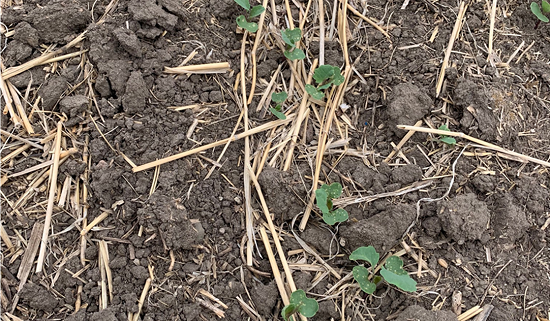
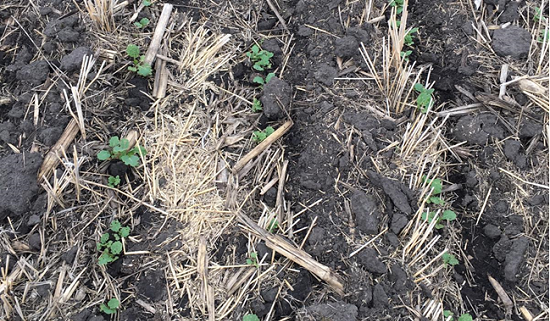
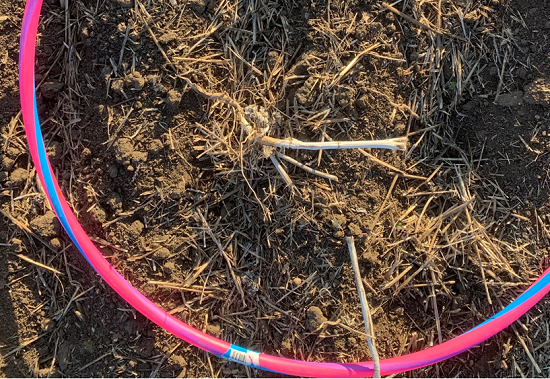

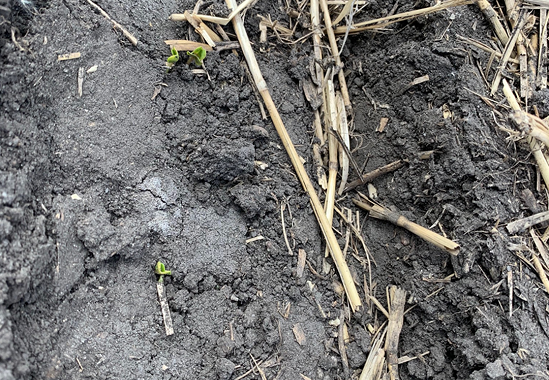
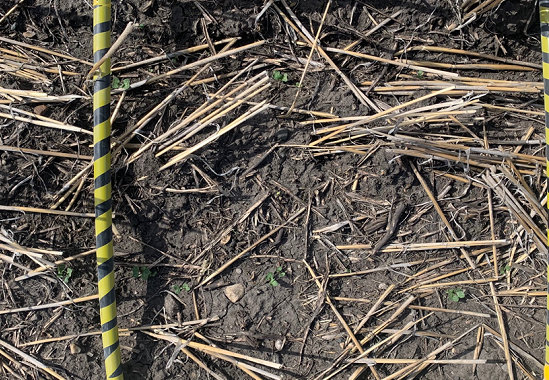

Having a sound weed management plan is critical to protecting your hybrid’s yield potential and locking in long-term profitability. Here are some recommended herbicides for whichever canola system you are growing:
Canola Weed Control System |
Recommended Herbicides |
|
Lontrel™ XC is a great tank-mix for both Ares SN and Amity WDG to increase control of wild buckwheat and Canada thistle for total weed control. |
|
A new herbicide–tolerant trait technology designed to deliver top yield potential and agronomic trait performance through:
|
|
Roundup Ready® Canola Roundup Ready® canola gives you unsurpassed versatility and outstanding yield potential. It can even help tackle tough weeds – like cleavers and wild buckwheat. |
|
LibertyLink® Canola The LibertyLink® trait provides yield and performance with an alternative mode of action for weed resistance management. |
Interline® herbicide
|
*Subject to regulatory approval.
Utrisha™ N nutrient efficiency biostimulant provides crops with a unique way to capture nitrogen throughout the season, helping plants reach their yield potential. It uses the natural bacteria, Methylobacterium symbioticum, to fix nitrogen from the air and convert it into a usable form for the plant, providing a sustainable, alternative source of nitrogen that reduces dependency of nitrogen uptake from the soil and ensures the plant has access to nitrogen all season long, without the risk of leaching into water tables or releasing additional greenhouse gases.
How Utrisha N works:
No plant energy is required for this process.
Registered for use on many crops including canola, corn and wheat, Utrisha N has tank-mix flexibility and is easy to integrate into your farm system – spray it using your standard equipment.
Sclerotinia stem rot is widespread in canola across much of Western Canada. The risk of developing this disease increases when conditions are cool and moist and if your plant canopy is dense.
Since sclerotinia can cause a significant yield reduction in canola, it is vital that farmers take a proactive approach to managing the disease. We recommend making a preventative fungicide application at 20 to 50 per cent flower prior to disease development, because once you see symptoms in your field, the damage is irreversible.
Acapela™ is a Group 11 fungicide that controls sclerotinia, allowing Group rotations and the ability to save Group 3 fungicides for fusarium treatments on cereals. Acapela’s four movement properties ensure great coverage and the confidence to spray at ten gallons per acre to get proven sclerotinia control that contributes greatly to maximizing yield. These agronomic attributes, combined with excellent savings from the Corteva Flex+ Rewards Program, make Acapela the right choice to protect your canola from sclerotinia.
To achieve the highest level of protection against sclerotinia, grow sclerotinia-resistant canola and spray a preventative in-crop application of Acapela fungicide.
When it comes to maximizing your canola yields, you’re making a season-long commitment with minimal exceptions - especially during harvest. Proper harvest management is key to realizing the yield you’ve worked hard to protect but, when balancing heavy workloads with weather and field conditions, it isn’t always easy or straightforward.
It’s important to assess your canola crop not at planting but as it nears harvest (prior to 60% seed colour change) to decide on the best harvest method to maximize yield. This is based on stand establishment, insect damage, weed control, uniformity and knitting of stand, crop canopy, maturity disease, frost and other environmental risks.
Here are some factors to consider when deciding whether to normal swath, delay swathing or straight cut:
The one thing that’s certain is the more options you have as a grower, the easier it is to optimize your harvest - and maximize your yields.
If you have any questions about how to maximize your canola crop at any stage of the growing season, please reach out to your Pioneer Sales Representative or Pioneer Territory Manager.
Roundup Ready is a registered trademark used under license from Monsanto Company
LibertyLink is a registered trademark of BASF.